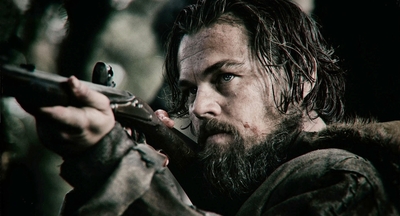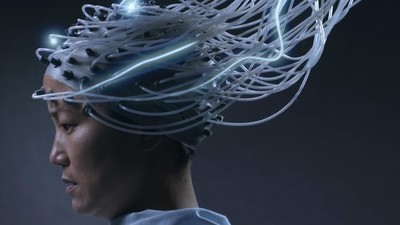
BY CHRIS DORR |
Can Hollywood Learn Innovation From The Metropolitan Opera?
If someone told you a few years ago that NYC’s Metropolitan Opera would become a model for digital innovation, you would probably have laughed.

If someone were to have told you a few years ago that New York’s Metropolitan Opera would become a model for digital innovation, you would probably have laughed. Yet, that is what it has become. You might say that the Met is now laughing a bit itself—all the way to the bank.
Several years ago, the Met decided to distribute some of its live performances in HD to movie theaters equipped to handle digital transmission and exhibition. For the first time, an opera lover did not have to be physically present at the Metropolitan Opera’s own facility to experience a live performance.
The Met essentially decided to blow up its business model and endanger its core product.
If someone could see the performance in a movie theater at much lower cost, why would they ever bother to come see it at the Met itself? It was a gutsy move.
What happened?
As a recent article in The New York Times reported, “The Met’s televised broadcasts now reach 1,600 theaters in 54 countries. The HD audience is nearly 3 million a season, compared with 800,000 at the opera house.”
The Met generated “$11 million in profits last year from its HD movie theater transmissions, which had been operating for only five years.” And the number of theaters continues to expand. There is no upward limit as more theaters become equipped to serve up HD performances all over the world.
As Steven Johnson says, in his excellent Where Good Ideas Come From, the Metropolitan Opera found the “adjacent possible.″ Johnson refers to the “adjacent possible” as “a kind of shadow future, hovering on the edges of the present state of things, a map of all the ways in which the present can reinvent itself.
“Good ideas are not conjured out of thin air,″ he continues. “They are built out a collection of existing parts… Some of these parts are conceptual: ways of solving problems… Some of them are, literally, mechanical parts.“
The Met realized it had a problem to solve: How could it reach more paying customers than its opera house could hold? To solve it, the Met had to rethink its entire tradition and make a large conceptual—as well as cultural—leap.
Fortunately, it also had the “mechanical parts”—the Web and its assorted technologies.
My guess is that the Met has only begun to discover the potential of this new audience, because it uses a medium that can do more than deliver a direct broadcast. All of these theater locations also have the capability of communicating with the central location and with each other.
Through these HD broadcasts, opera lovers all over the world can be involved in a large interactive community. They can immerse themselves further in the content itself by interacting with the stars, the behind-the-scenes teams, opera experts and—significantly—with each other. It will be fascinating to see how the Met explores these possibilities.
What are the movie studios doing to find their “adjacent possible”? Not much.
Recently, they launched UltraViolet, a service to provide a digital copy of a movie to people who buy it on Blu Ray. Under this plan, when you buy a physical disc, you qualify to get a digital copy that UltraViolet will store in the cloud for you and will allow you to play back on multiple devices (though not all—Apple has yet to sign up).
Conceptually, this is a misstep. It is designed to protect a business model built on the sale of a physical product that is currently a high margin business for the studios. So far, the reviews of the UltraViolet have been miserable, as customers who buy the Blu Ray discs cannot easily access their promised digital copies.
Unfortunately for Hollywood, the selling of discs is a dying business. (Is it not familiar with what has happened to the music business and the sales of CDs?) Digital delivery is replacing physical delivery. There is no going back. UltraViolet is a cumbersome attempt to keep an old system alive in order to grab high prices from a dwindling set of customers. Hollywood will not find the future with this approach. It is headed in the wrong direction.
Perhaps Hollywood should learn from the Met. Lessons like:
→ Get outside your comfort zone.
→ Blow up your current business model.
→ Use the Web to find new customers.
→ Provide an easy way to access a low cost version of your product.
→ Immerse people in your entertainment experience and enable them to connect with each other.
But all of these would require Hollywood to become as innovative as the Metropolitan Opera.

